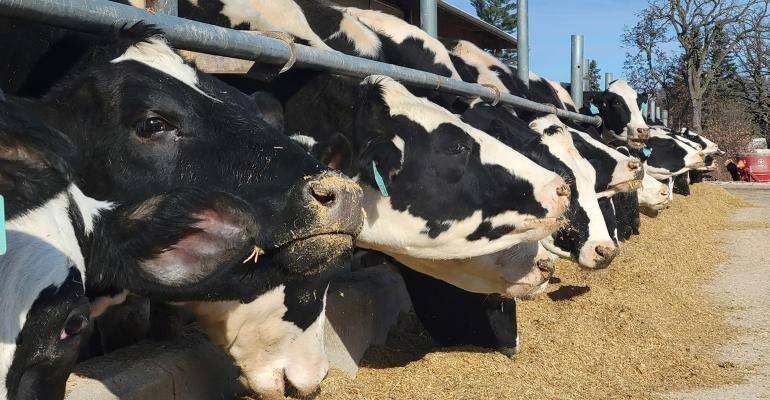Earlier analyses found the virus is susceptible to antiviral medications used against the flu, and...
CDC: U.S. Sees 13 Human Cases of H5N1 Since April

H5N1 cases in dairy herds and poultry flocks continues to grow, according to the USDA.
Thirteen human cases of H5N1 virus infection have been reported in the United States since April, according to a recent update from the U.S. Centers for Disease Control and Prevention (CDC).
Four of these cases were associated with exposure to sick dairy cows and nine were associated with exposure to H5N1 virus-infected poultry. Meanwhile, the USDA reported that 191 dairy cow herds in 13 U.S. states have confirmed cases of H5N1, and this number continues to grow. Since April, there have been H5N1 detections in 35 commercial flocks and 21 backyard flocks, for a total of 18.68 million birds affected.
Based on the information available at this time, CDC’s assessment is that the immediate risk to the general public from H5N1 remains low.
CDC said it continues to work with Michigan and Colorado to conduct H5N1 seroprevalence investigations among dairy farm workers with potential exposure to infected cattle. Specimens from both states will be tested by CDC for the presence of neutralizing antibodies to these viruses, a sign of prior infection.
In preliminary findings from the Michigan-led study released on July 19, no antibodies specific to H5N1 viruses were detected in any of the blood samples collected in June from 35 people who work on dairy farms in Michigan with herds that were confirmed positive for H5N1 virus. Michigan has since completed enrollment of additional farms in the state for a second phase of the study. CDC is working with both states to interpret and share results of these studies as they become available.
Antigenic characterization of the viruses isolated from five of the nine human cases in Colorado poultry workers has shown that the viruses remain antigenically similar to two previously developed candidate vaccine viruses (CVVs) developed by CDC and available to manufacturers for vaccine production. The virus was not recoverable from the four remaining Colorado cases, so antigenic characterization could not be performed.
Testing has also shown that the viruses are antigenically similar to previous clade 2.3.4.4b viruses isolated from dairy farm workers. Results of antiviral susceptibility testing of the viruses are pending.
CDC also continues to meet with commercial laboratories to discuss H5 assay licensing agreements and interest in development of commercial H5 tests. CDC's Technology Transfer Office and the Influenza Division are actively pursuing licensing agreements with multiple companies, and several have been completed.
The first cases of H5N1 in dairy cattle in the U.S. were confirmed in late March.
EDITOR’S TAKE:
It has been a while since we have reported any news about H5N1 (Bird Flu). Other reports also suggest that the virus is still a concern among dairy farmers as well as regulators in a number of states impacted by its spread. This seems to be a tenacious virus, but low grade in dairy and humans. As always, we will continue to keep a vigilant eye for any further news about this pesky virus. In the meantime, please stay focused on serving those dairy and poultry farmers in your area. They are still using trucks that will likely need parts and/or service.








